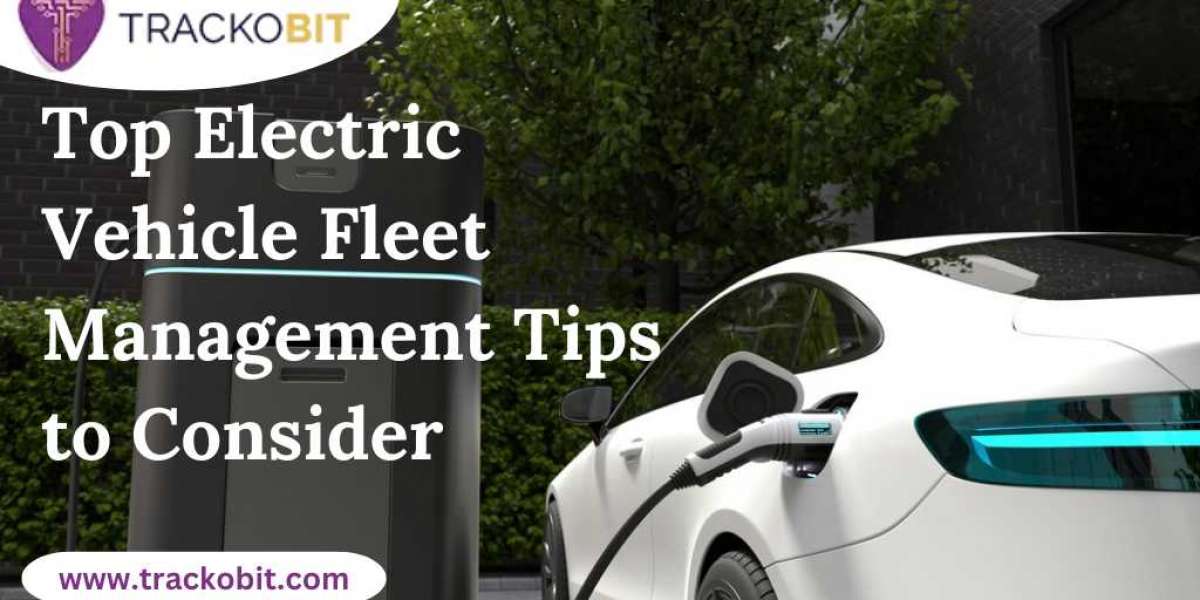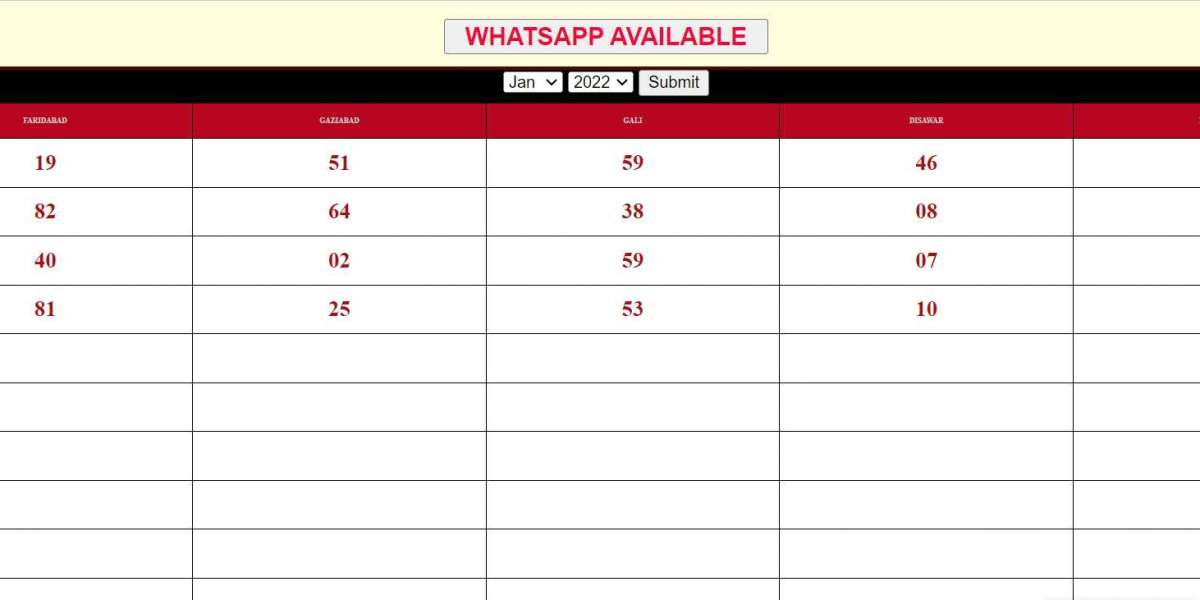Managers in charge of managing a fleet of vehicles these days are probably feeling some pressure to "go green" and reduce the carbon emissions from their fleet operations. This push for cleaner, more sustainable fleets could be coming from within your own company and investors wanting to be eco-friendly. Or it could be coming from customers looking at their whole supply chain and suppliers to reduce emissions.
No matter where the pressure is coming from, the reality is that transitioning to a greener fleet powered by Electric vehicle fleet management software is something fleet managers need to seriously consider. The software handles the nitty-gritty details like vehicle charging schedules, remaining range, battery health monitoring, and so on.
Consider These Tips Before Switching to the Top Electric Vehicle Fleet Management
Making the switch to electric vehicles for your fleet is a big move, but proper planning can make it a smooth transition.
- Locating Your "Charging Trail" Routes
With limited battery range, a key part of preparing for electric vehicles (EVs) is strategically planning routes around charging stops and opportunities. Start by identifying all public charging locations across your fleet's operating areas. Then map out "charging trails" - a series of route paths and designated charging points that cycle EVs through a repeating loop within their maximum range.
Be strategic in incorporating quick top-up charges at fleet yards or customer sites, balanced with longer charging periods while drivers are on breaks. The right fleet management software is essential for monitoring battery levels and intelligently scheduling routes to hit available charging points without running dry.
- Investing in Charging Infrastructure
Go for the available charging solutions from basic Level 2 stations to ultra-fast DC setups. The latter can greatly maximize charging turnaround times but require robust electrical service upgrades. Strategically mapping out charger locations at fleet yards, delivery hubs, and even public stations can optimize your charging logistics network.
Crucially, calculate your potential fuel cost savings from EVs versus the investment required for this charging infrastructure and higher electricity expenses. Properly sizing and locating charging can make or break the economics of your EV fleet transition.
- Transitioning Fleet Maintenance Protocols
While EVs eliminate many traditional manual work, their battery packs, motors, and charging systems introduce new maintenance requirements. Develop clear schedules for services like battery cooling system flushes, motor bearing changes, and high-voltage electrical inspections.
Train technicians on this EV Fleet Management software for small business and invest in any specialized software and diagnostic equipment needed. Rotating a mixed fleet of gas and electric vehicles adds complexity, so having dedicated EV service bays and workflow may be advisable.
- Selecting the Right EV Route Optimisation Software
Research available EV software in-depth to understand specs like range, battery capacities, charging needs, and overall capabilities. Map these out against your typical fleet's duty cycles to identify the right vehicle fit for your operations.
- Leveraging Sustainability Certifications
Adopting EVs allows you to significantly reduce your fleet's emissions and environmental impact. But don't overlook leveraging this for marketing and public relations value as well. Research standards like greenhouse gas protocols to accurately track and report your carbon footprint reductions.
How to Choose the Top Electric Vehicle Fleet Management?
Fleet management software, particularly for electric vehicles (EVs), represents an important solution in optimizing operations, improving efficiency, and reducing the carbon footprint of fleet operations. Implementing the best Electric Vehicle Fleet Management solution like TrackoBit, as mentioned, which can monitor the battery status, location, and maintenance needs of each vehicle in real-time, offers several significant advantages:
- Real-Time Battery Monitoring: Understanding the real-time battery status of each EV helps in planning routes that are within the vehicle's range, reducing the risk of vehicles running out of charge. It allows for strategic planning of recharging stops or route adjustments based on remaining battery life.
- Predictive Battery Management: Advanced systems can predict the battery depletion rate based on route characteristics, driving patterns, and even weather conditions, enabling more precise planning and reducing downtime for charging.
- Route Optimisation Software: The software can dynamically adjust routes based on real-time traffic conditions, EV battery status, and available charging infrastructure, ensuring the most efficient path is always taken.
- Load Optimization: By analyzing vehicle locations and their battery capabilities, fleet managers can assign deliveries or pickups in a manner that maximizes vehicle use while minimizing unnecessary travel, thus optimizing the overall fleet efficiency.
- Detailed Reporting: Fleet management software can generate detailed reports on fleet performance, including energy use, cost savings, and emissions reductions. These insights can help in fine-tuning operations and making informed decisions about future fleet expansions or adjustments.
Before You Go!
The bottom line is that reducing your carbon footprint as a fleet is becoming more of a requirement than an option. With Planning and the right EV fleet management software by Trackobit, you can sustainably future-proof your operations instead of falling behind the curve.
Source : Top Electric Vehicle Fleet Management Tips to Consider








